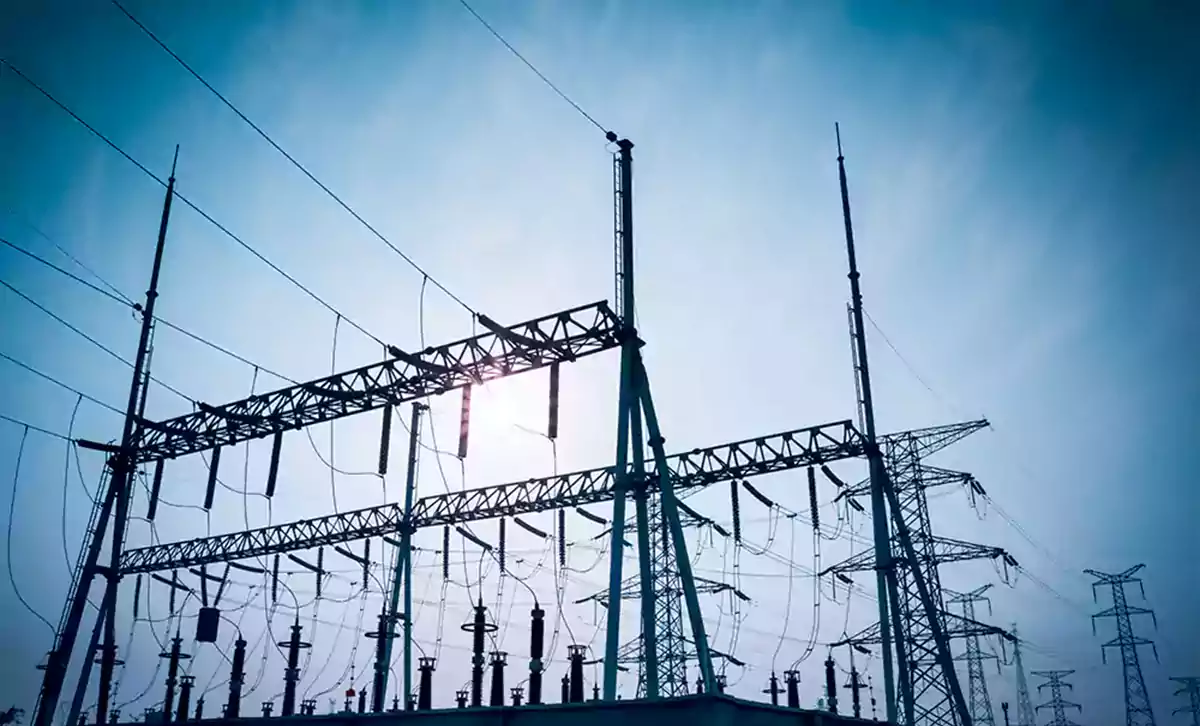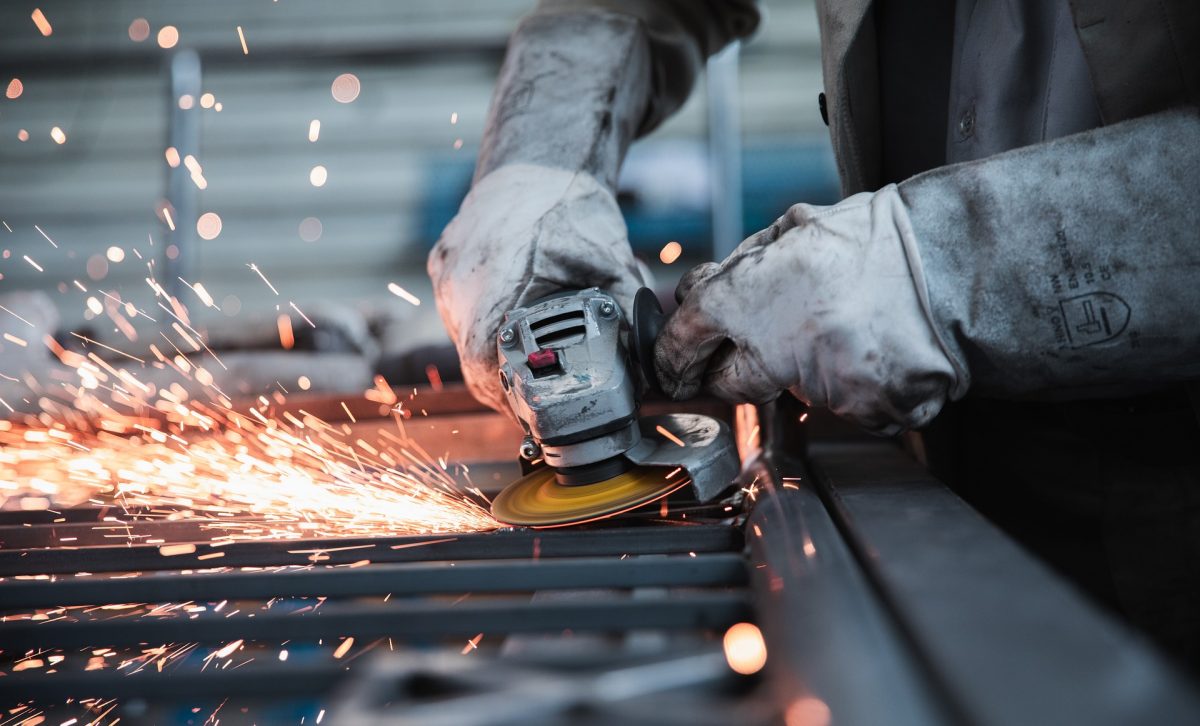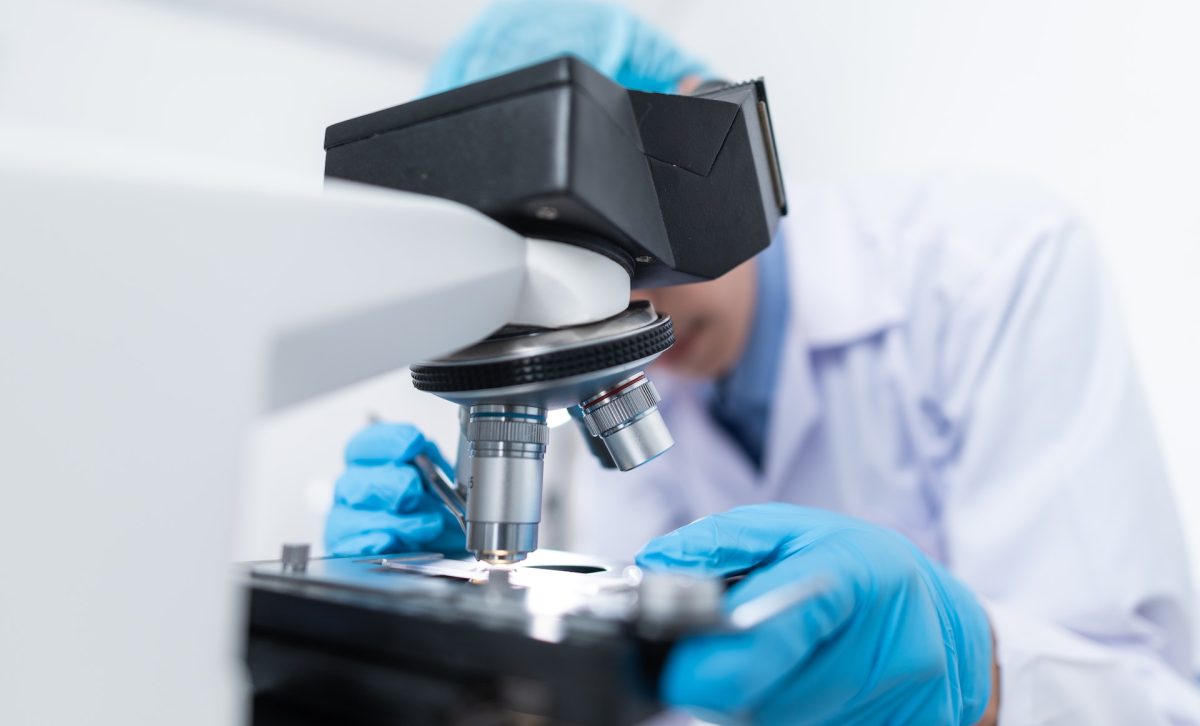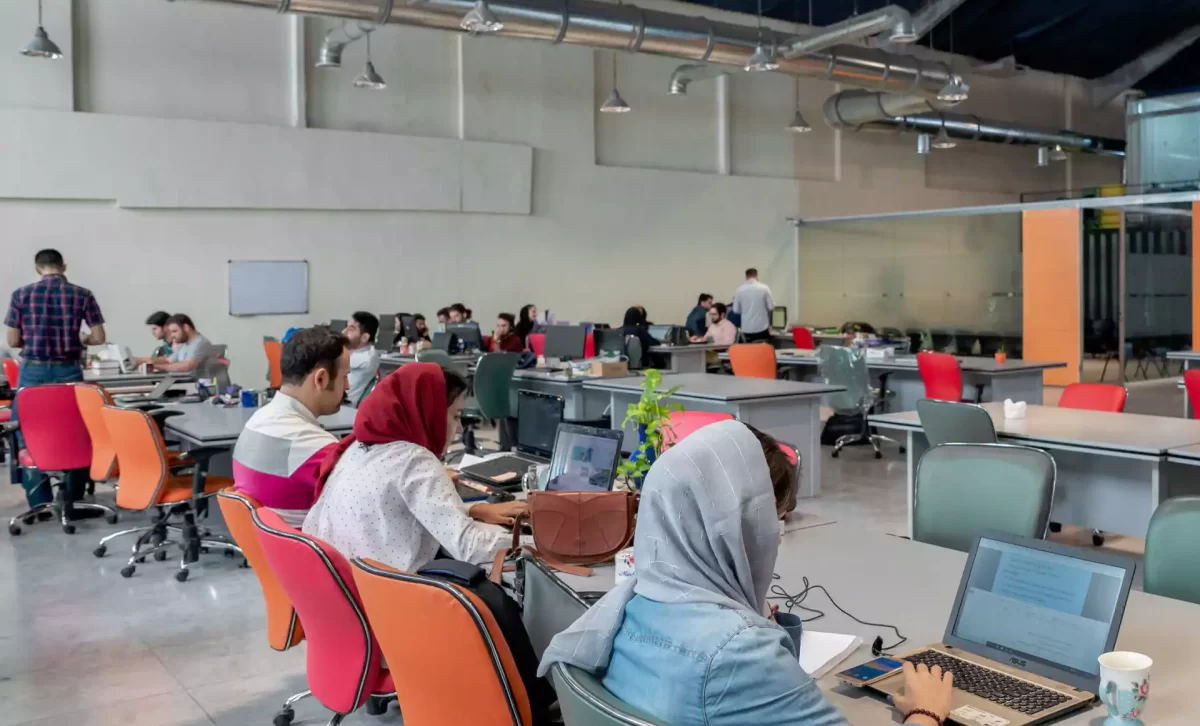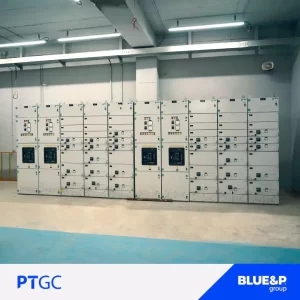Water is undoubtedly the most vital resource on earth and has increasingly become a limited resource. Optimal use of this valuable resource will preserve it. The use of reactors in wastewater treatment can increase social welfare by returning water to the utilization cycle.
By operating different types of reactors in wastewater treatment, such as membrane biological reactors and Moving Bed Biofilm Reactor, water treatment services can perform with the highest efficiency.
Activated sludge process
In this treatment method, organic matter in industrial and sanitary wastewaters eliminated by using microorganisms.
For the biological reaction between microorganisms in industrial and sanitary wastewaters and aerobic bacteria, the air injects into the tanks of this air treatment plant. In such a case, after the reaction between microorganisms and bacteria, the two are connected and due to the weight as a mass in the bottom of the tank is deposited and the treated wastewater is discharged from the tank.
There are several ways to do this in treatment plants that vary based on wastewater conditions. These methods include the following:
- Membrane Biological Reactor Process (MBR)
Some treatment plant reactors can purify water of higher quality, which use as irrigation water. This bioreactor also can upgrade old treatment plants.
In this purification method, a kind of membrane system has used in the tank. By performing aeration in the wastewater and after enacting a biological reaction between microorganisms and bacteria, mass materials are formed and remain floating in the wastewater. As the effluent passes through these membranes, mass particles endure in the reactor and the clear water returns to the consumption cycle.
- Biodisk purification process
Biodisk is a method of satisfying household sewage treatment requirements without the need for drainage. The water can be used with higher quality and operating costs less than the treatment methods.
- Biofiltration treatment process
Biofiltration is a wastewater treatment process consisting of a filter made of neutral materials that provides a suitable substrate for the growth of microorganisms. After the growth of bacteria and the biofilms formation, microorganisms and biofilms are absorbed into the substrate and begin to biodegrade.
- Trickle purification
Trickle filter in wastewater treatment consists of a bed of stone or other parts. In this method, the wastewater distributes on the surface. As the wastewater moves down, a film of microorganisms forms on the surface of the bed. Up to 85% of contaminants separate from the water through drip filters.
- Moving Bed Biofilm Reactor (MBBR)
This process uses packs that float in the aeration tank. Microorganisms grow on these floating packs.
These packs can move with the help of deep aeration in the aerobic environment, and in the anaerobic environment, with the use of a mechanical agitator, they can proceed.
Due to the great importance of water, many strategies have been suggested for the best use of this valuable resource.
Source:www.coleparmer.com
